Arsameia on the Nymphaios, also known as Arsameia of the Euphrates, is an ancient city located in modern-day Turkey. It was the capital of the Kingdom of Commagene during the first century BC. The site is renowned for its unique blend of Greek and Persian influences, evident in its art and architecture. Among its most notable features are the remains of a royal palace, a tomb-sanctuary, and a series of reliefs and inscriptions that provide valuable insights into the culture and beliefs of the Commagene civilization.
Get your dose of History via Email
Historical Background of Arsameia on the Nymphaios
The discovery of Arsameia on the Nymphaios dates back to the 19th century. Archaeologists Otto Puchstein and Karl Sester unearthed the site in 1881. King Antiochus I Theos of Commagene founded the city in the 1st century BC. It served as a royal residence and administrative center. Over time, Romans and later Byzantines inhabited the area. The site has witnessed several historically significant events, including the Roman-Parthian Wars.
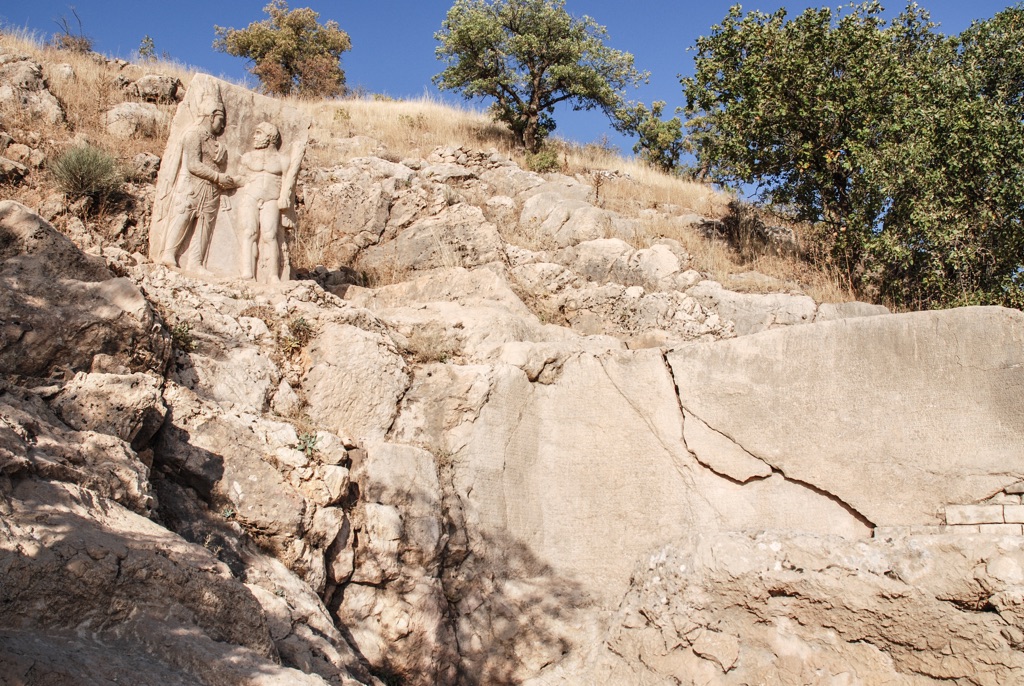
King Antiochus I, a ruler known for his cultural syncretism, built the city. He aimed to fuse Persian and Hellenistic traditions. The city’s strategic location on the Nymphaios River (now called the Kahta Creek) made it an important hub. The site’s significance continued under Roman rule, as it became part of the Roman province of Commagene.
After the Romans, the Byzantine Empire took control of the region. They left their mark on the city’s architecture and culture. However, over time, Arsameia fell into obscurity. It was only in the modern era that the site regained attention due to archaeological efforts.
The historical significance of Arsameia lies in its role as a cultural and political center during the Hellenistic and Roman periods. The ongoing archaeological work continues to shed light on the complexities of ancient Commagene society.
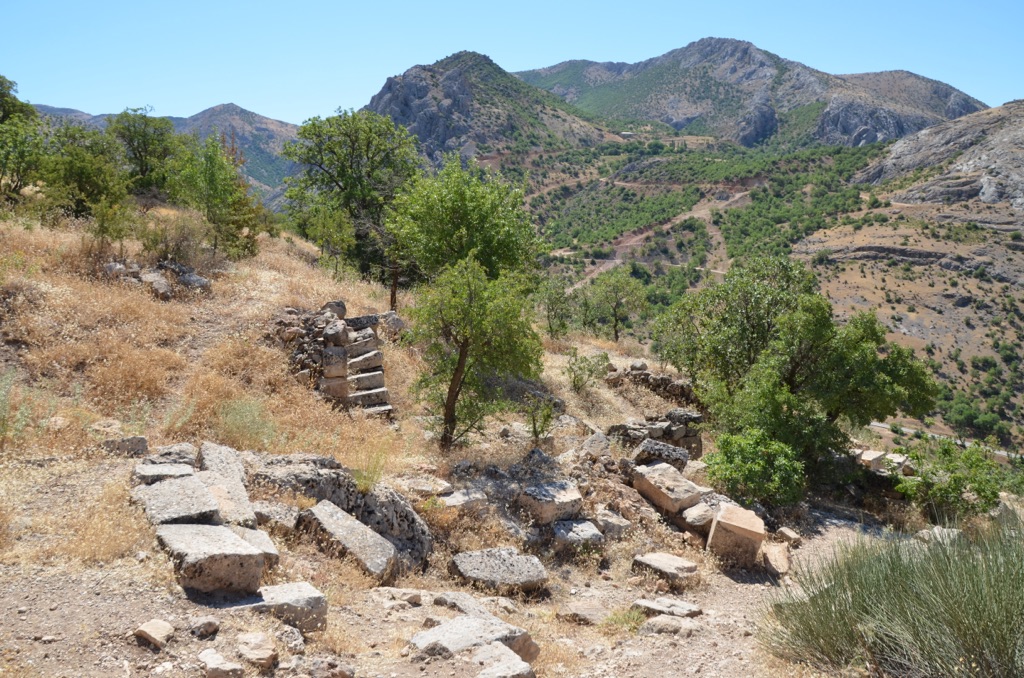
About Arsameia on the Nymphaios
Arsameia on the Nymphaios boasts a rich architectural heritage. The city’s ruins include a royal palace, a tomb-sanctuary, and a series of reliefs and inscriptions. The construction methods and building materials reflect a blend of Greek and Persian styles. Limestone was the primary building material, chosen for its availability and durability.
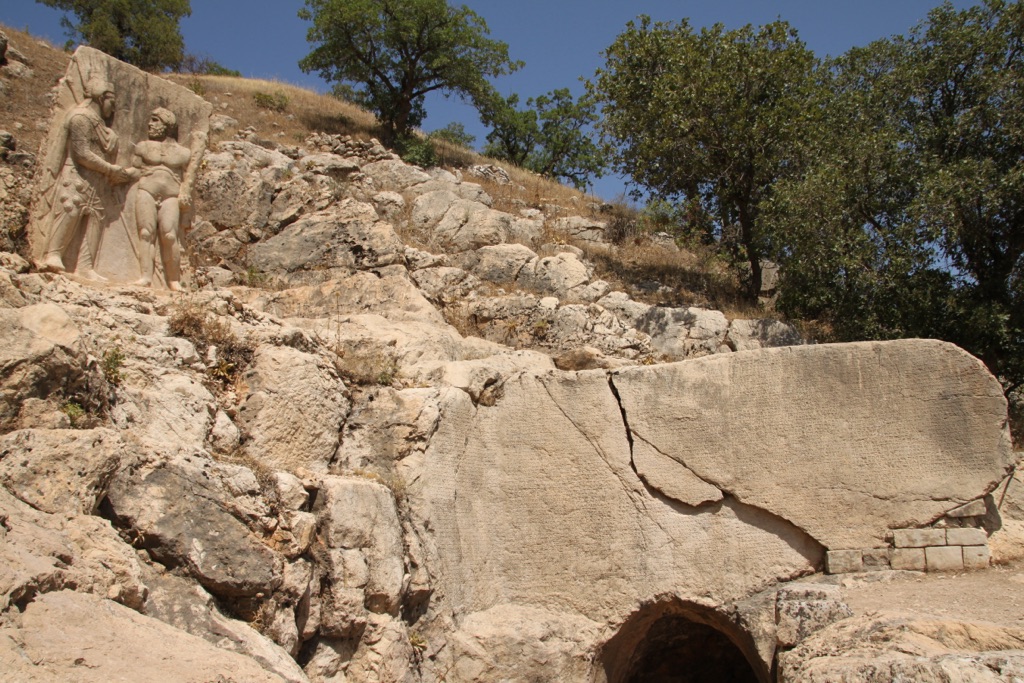
The most striking feature of Arsameia is the tomb-sanctuary of King Antiochus I. It is carved into the rock face and accompanied by a large statue of the king. The site also includes a hierothesion, or sacred precinct, where religious ceremonies took place. The grandeur of these structures highlights the city’s importance as a royal seat.
Architectural highlights include the stele and statues that depict gods and ancestors, showcasing the syncretic religion of Commagene. The East Terrace of the site features a relief of King Antiochus I shaking hands with a deity, symbolizing the divine sanction of his rule. This relief is one of the most well-preserved and significant artifacts at the site.
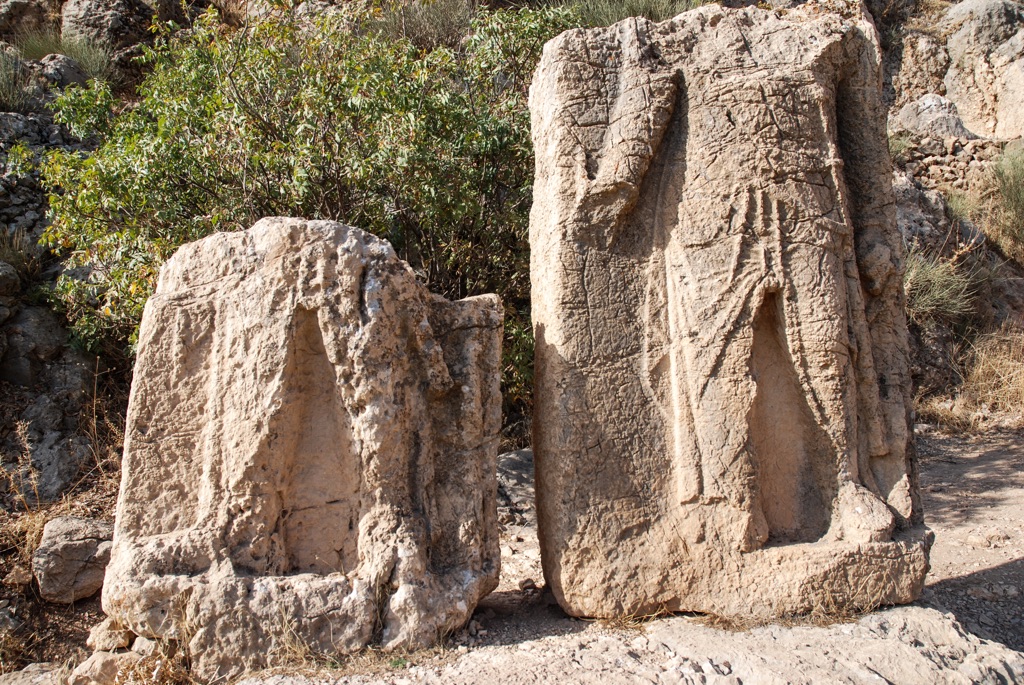
The palace complex at Arsameia was an administrative and residential hub. It included various rooms for state functions and private living quarters. The complex’s design and layout provide insights into the daily life and governance of the Commagene kingdom.
Excavations have also uncovered a network of paths and staircases connecting different levels of the city. These paths facilitated movement within the hilly terrain and linked the city’s main features. The careful planning of these routes reflects the city’s sophisticated urban design.
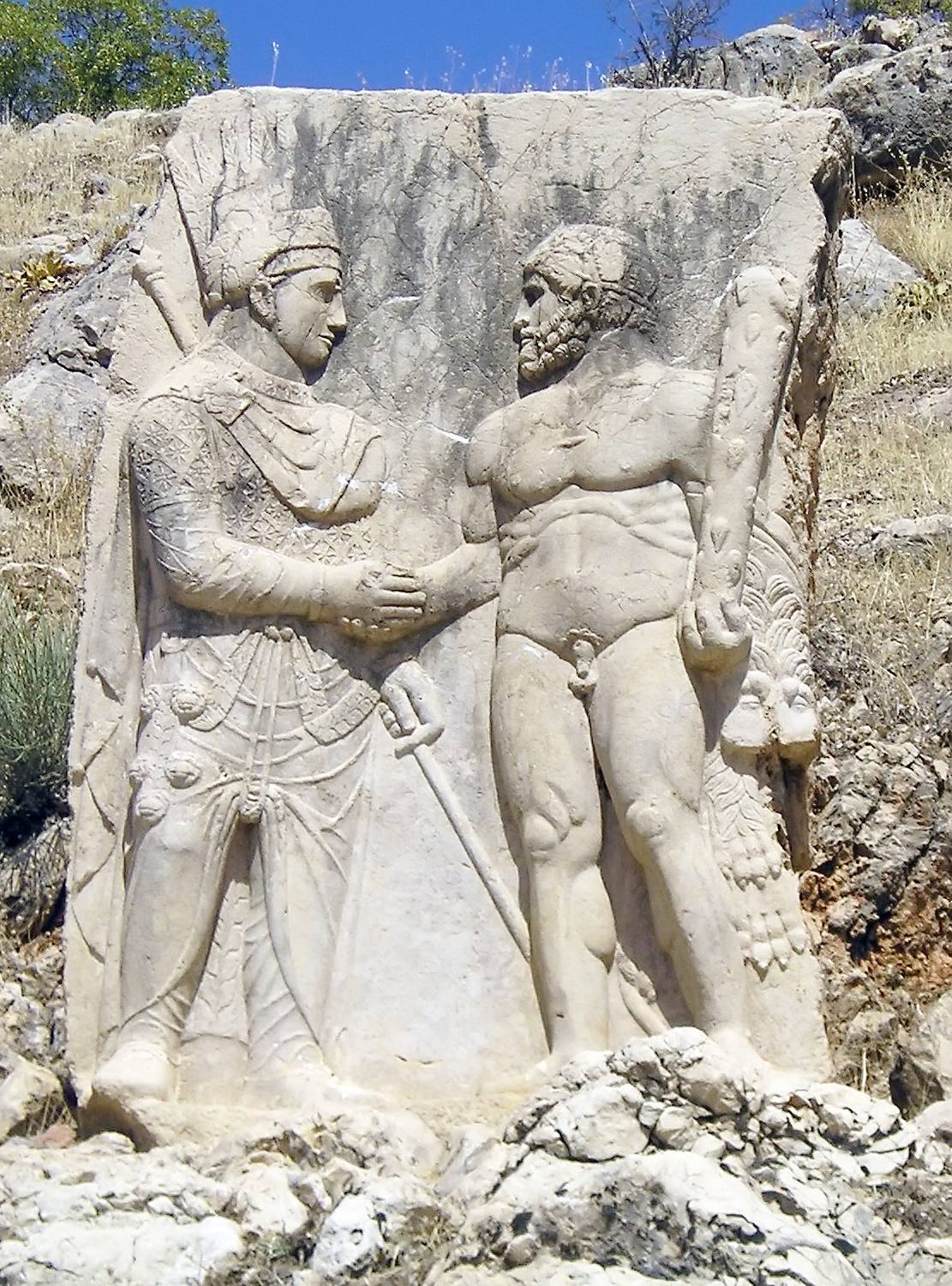
Theories and Interpretations
Several theories exist about the use and significance of Arsameia on the Nymphaios. Some scholars suggest it was a religious center due to the numerous inscriptions and reliefs dedicated to gods and ancestors. Others believe it was primarily a political and administrative hub.
The mysteries of Arsameia include the exact purpose of some structures and the full extent of the city’s influence. The hierothesion, for example, is unique to Commagene and its specific function is still debated. Some interpretations match the site’s features to historical records, but gaps remain.
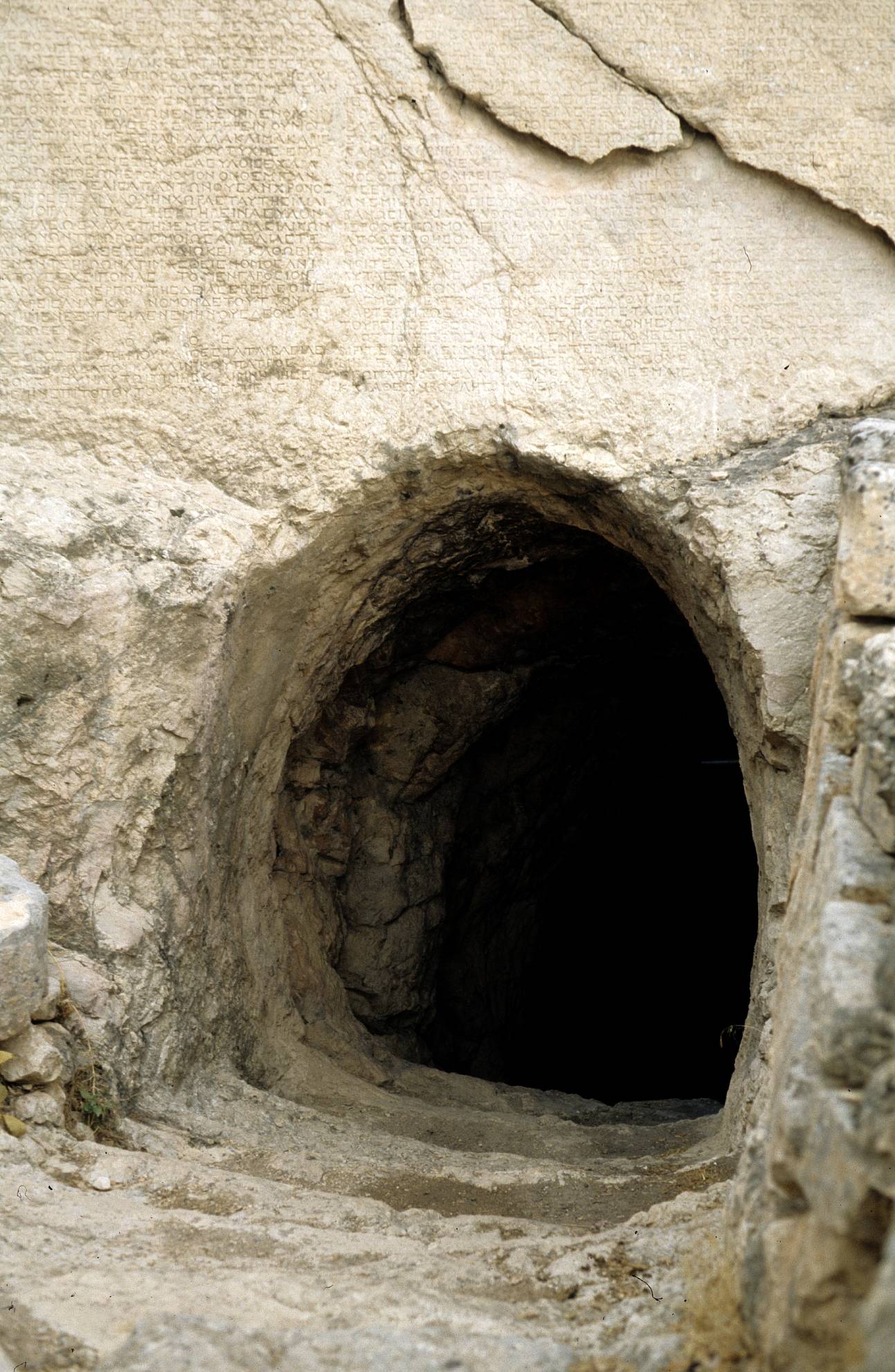
Dating of the site has been carried out using various methods, including inscriptions and architectural styles. These methods have helped establish a timeline for the city’s construction and use. However, precise dating remains challenging due to the site’s long history of occupation and reuse.
Theories about Arsameia’s decline are also varied. Some attribute it to the region’s changing political landscape, while others point to natural disasters or economic shifts. The site’s abandonment and subsequent rediscovery add layers of complexity to its history.
Despite these uncertainties, Arsameia on the Nymphaios provides a rich source of information about the Commagene kingdom. Ongoing archaeological work continues to uncover new findings, offering fresh perspectives on this ancient city.
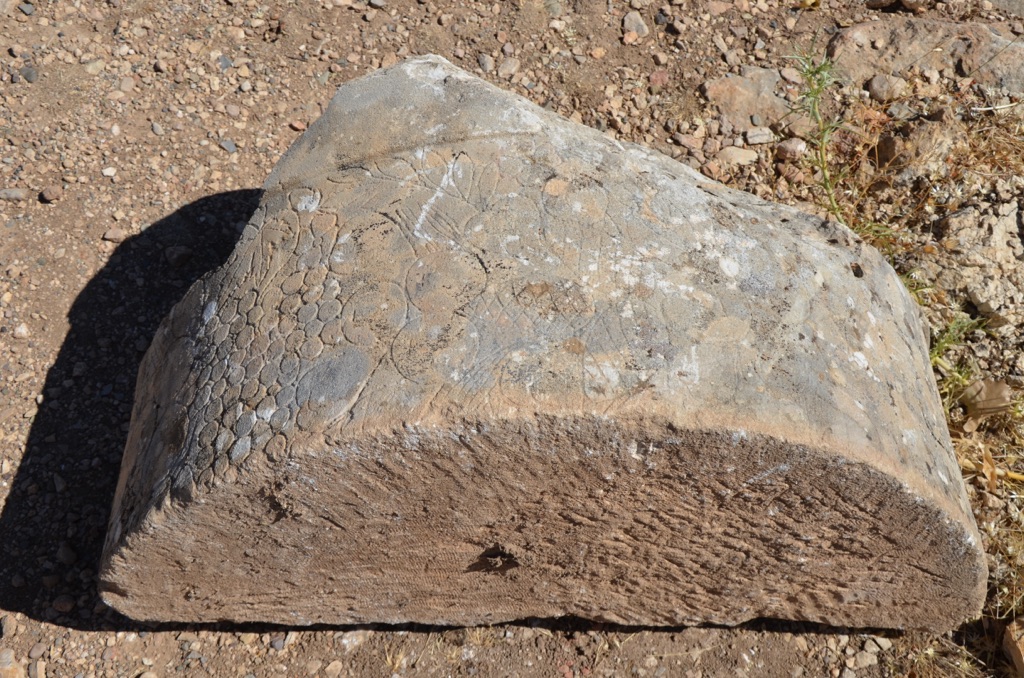
At a glance
Country: Turkey
Civilization: Commagene Kingdom
Age: 1st century BC
Conclusion and Sources
Reputable sources used in creating this article include:
- Wikipedia: https://en.wikipedia.org/wiki/Arsameia
- Britannica: https://www.britannica.com/place/Commagene
- World History Encyclopedia: https://www.worldhistory.org/commagene/

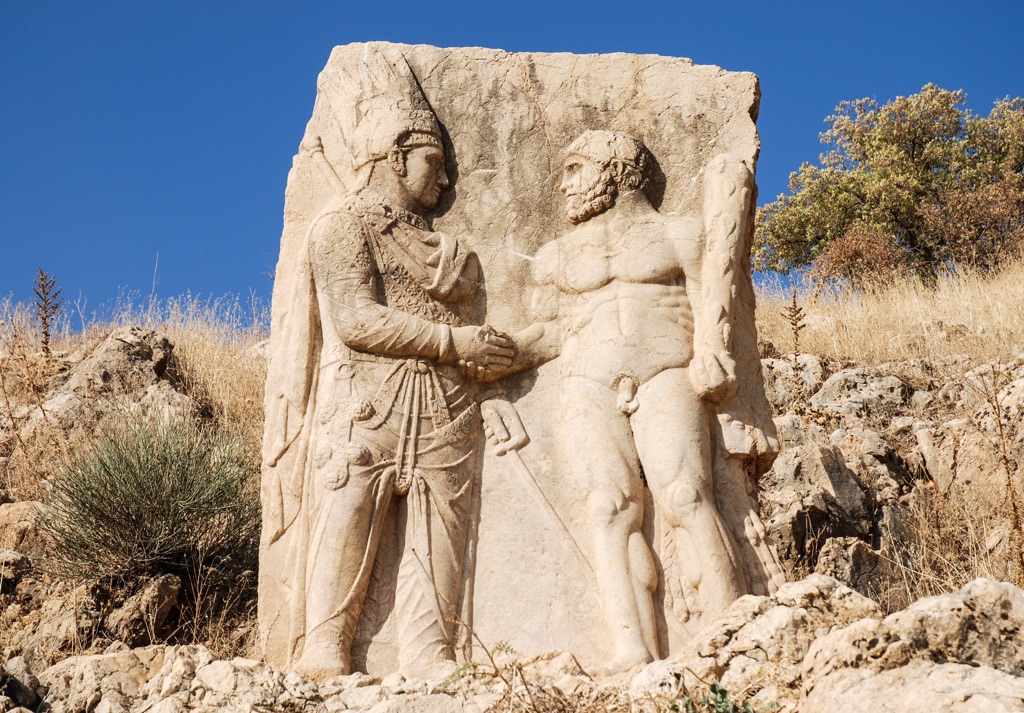
I would like to know if there are any theories on how they achieved a near perfect cut , through that thick Stone, in the picture above.
Not a neurl path but I think it’s a great way for a knowledge us about different civilizations. And a best way for discovering of human history